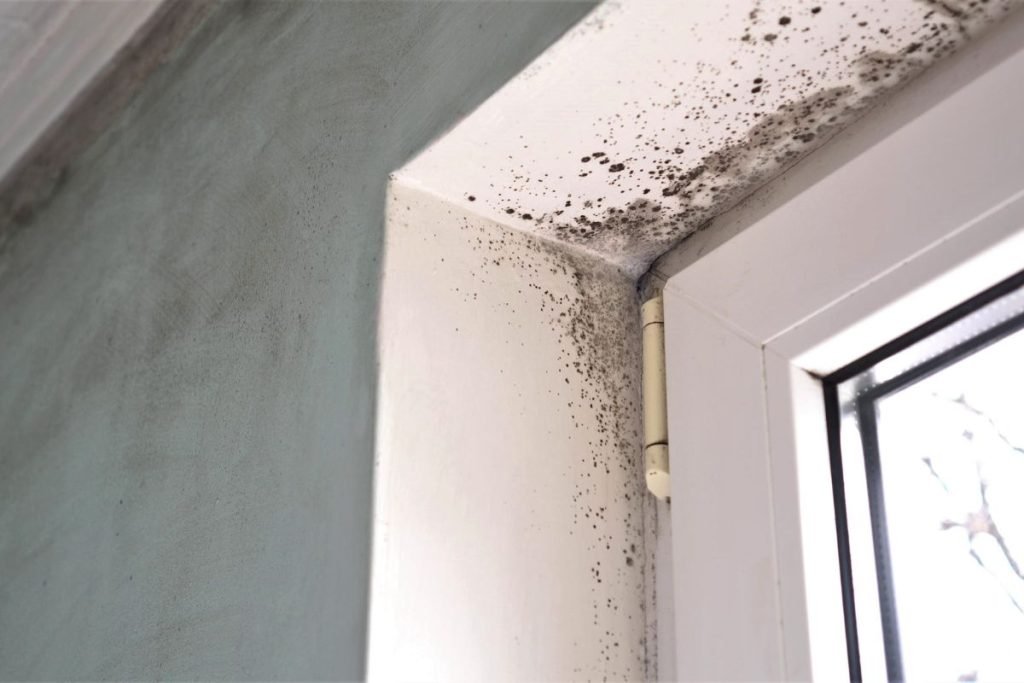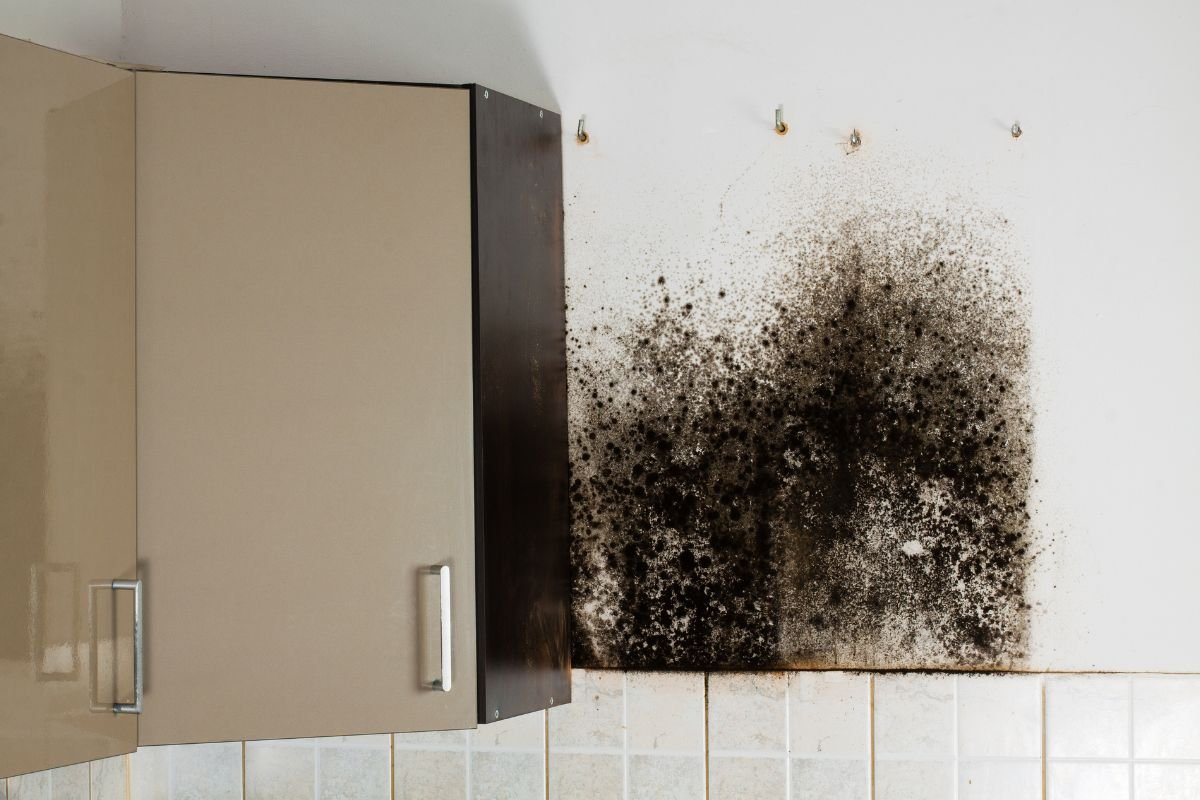
Mold spores in the air can be a real concern for your health and home. The quickest way to deal with them is to improve ventilation, use a HEPA air purifier, clean moldy areas, and control humidity. However, a comprehensive approach includes identifying the source of the mold, addressing moisture problems, and taking preventative measures. This article provides a step-by-step guide to help you rid your home of mold spores and maintain a healthy, mold-free environment.
Understanding Mold Spores
Mold spores are microscopic particles that are naturally present in the air, both indoors and outdoors. They’re like seeds for mold, and when they land on a damp surface, they can start to grow and multiply. While some mold is harmless, other types can be detrimental to your health and your home’s structure. The key is to keep their numbers down indoors to prevent problems.
Why Mold Spores Are a Problem

Mold spores aren’t just unsightly; they can cause a range of health and property problems:
- Health Effects of Mold Exposure: Breathing in mold spores can trigger allergic reactions, respiratory issues, and other health Problem. Common symptoms include coughing, sneezing, runny nose, itchy eyes, skin rashes, and headaches. People with asthma, allergies, or weakened immune systems are particularly vulnerable.
- Property Damage Caused by Mold Growth: Mold thrives on organic materials like drywall, wood, and fabrics. As it grows, it can break down these materials, leading to structural damage and costly repairs. Ignoring mold can compromise the integrity of your home.
Need immediate help with mold spores in your home? Call us for expert assistance and reliable solutions to improve your indoor air quality.
Identifying Mold Spores in Your Home
Since mold spores are invisible, you will look for symptoms of Mold : Identifying Mold Spores :
- Visible Mold Growth: Look for patches of discoloration (black, green, brown, or white) on walls, ceilings, floors, and other surfaces. Mold often appears in damp or humid areas like bathrooms, basements, and kitchens.
- Musty Odors: A persistent musty or earthy odor is a strong indicator of hidden mold growth. The smell comes from gases produced by mold as it breaks down organic material. If you smell something “off,” investigate further.
- High Humidity Levels: Mold thrives in humid environments. If you notice condensation on windows, damp spots, or a general feeling of moisture in your home, it could be contributing to mold growth.
Testing for Mold Spores in the Air
If you suspect mold, testing can help determine the extent of the problem:
- DIY Mold Testing Kits: These kits typically involve collecting air or surface samples and sending them to a lab for analysis. Keep in mind that DIY kits can be unreliable, as they may not accurately reflect the overall mold levels in your home.
- Professional Mold Inspection and Testing: A professional mold inspector has the expertise and equipment to conduct a thorough assessment of your property. They can identify hidden mold, determine the types of mold present, and provide a detailed report with recommendations for remediation.
- Understanding Test Results : Mold test result depends upon lab test but if you give it to a professional. The tell you if you how you control it and where to get solution about that.
Our HVAC systems can circulate mold spores if not maintained. Learn how to prevent this in our guide How to Stop Mold from Forming in Your Apartment HVAC System.
Effective Strategies to Remove Mold Spores from the Air

- Improving Ventilation: Open windows and doors regularly to increase airflow. Use exhaust fans in bathrooms and kitchens to remove moisture and prevent mold growth. Proper ventilation helps dry out damp areas and reduce humidity levels.
- Using Air Purifiers with HEPA Filters: Air purifiers equipped with HEPA (High-Efficiency Particulate Air) filters can effectively capture mold spores and other airborne particles. Place air purifiers in areas where mold is a concern, such as bedrooms, living rooms, and basements.
- Cleaning and Disinfecting Mold-Affected Areas: For small areas of visible mold growth, you can clean the affected surfaces with a mixture of water and detergent. For more stubborn mold, you may need to use a bleach solution (always wear appropriate safety gear). Remember that cleaning only removes the surface mold; it doesn’t address the underlying moisture problem.
- Dehumidification : Mold requires moisture to survive. Reduce humidity to 30–50% to stunt mold growth. Using a dehumidifier: Dehumidifiers come in different sizes and capacities, and choosing the right one is based on the size of the space you want to dehumidify and how damp it is.
Preventing Mold Spores from Returning
Preventing mold recurrence requires addressing moisture issues and taking proactive measures:
- Controlling Humidity Levels: Use a dehumidifier to maintain indoor humidity levels between 30% and 50%. Fix any leaks in your plumbing or roof to prevent water damage. Ensure proper ventilation in bathrooms and kitchens.
- Addressing Water Leaks and Moisture Problems: Promptly repair any leaks or water damage in your home. Check for leaks around windows, doors, and pipes. Proper insulation can also help prevent condensation and moisture buildup.
- Regular Cleaning and Maintenance: Regularly clean bathrooms, kitchens, and other areas prone to moisture. Wipe up spills immediately and dry any wet surfaces. Inspect and clean your gutters to ensure proper drainage.
When to Call a Professional Mold Remediation Service
While you can tackle small mold problems on your own, some situations require professional help:
- Large areas of mold growth (more than 10 square feet)
- Hidden mold growth behind walls or ceilings
- Persistent mold problems that keep returning
- Health concerns related to mold exposure
- Uncertainty about the type of mold and its potential risks
If you’re struggling with persistent mold spores in the air and need professional assistance, our team is here to help. Contact us today to learn more about effective mold removal solutions and how we can improve your indoor air quality
DIY vs. Professional Mold Remediation
Attempting to remove significant mold infestations without the proper equipment and training can be hazardous. Professional mold remediation services have the expertise and resources to safely and effectively remove mold, address the underlying moisture problem, and prevent future growth. While DIY approaches can save money upfront, they may not provide a long-term solution. It is very necessary the mold is identified and you should call a professional rather then trying to do at your own.
Maintaining a Mold-Free Home
Getting rid of mold spores in the air is a multi-faceted process that requires identifying the source, removing the mold, and preventing future growth. By following the steps outlined in this article, you can create a healthier and safer living environment for yourself and your family. Remember that prevention is key. Regular cleaning, moisture control, and prompt attention to water leaks can go a long way in keeping mold spores at bay.
Concerned about mold spores in your air? Call us today for professional solutions to ensure a cleaner, healthier home.

